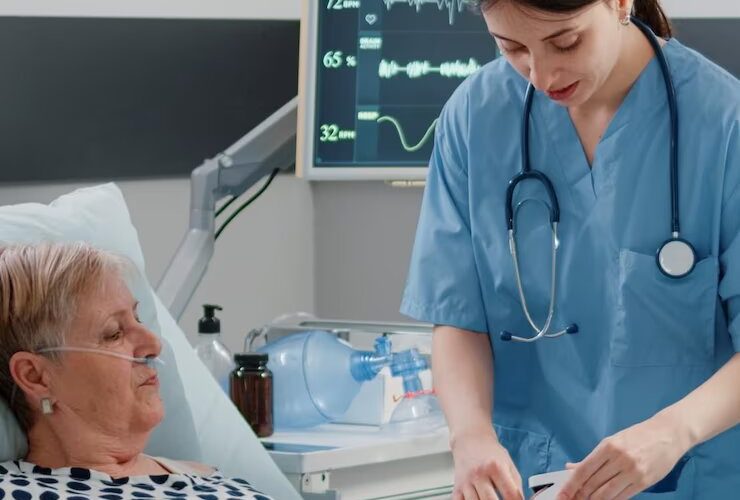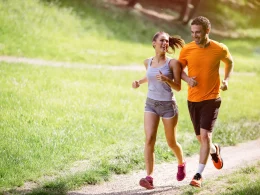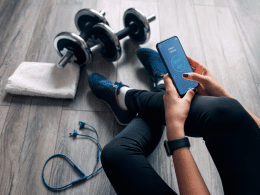Introduction
Welcome to our blog post on reviving hope for stroke patients! Stroke is a debilitating condition that affects millions of people worldwide, and one of the most challenging aspects for many stroke survivors is regaining movement in their hands. This loss of fine motor skills can result in significant limitations to daily activities, which can lead to frustration, depression, and even isolation. Fortunately, there are several strategies available that can help you or your loved ones regain hand function after a stroke. In this guide, we’ll explore some key approaches that can assist with recovery and provide practical tips on how to get started today. So let’s jump right in and begin the journey towards renewed hope for those affected by stroke!
Causes of Stroke
There are many different causes of stroke, but the most common cause is a blockage in one of the arteries that supplies blood to the brain. This blockage can be caused by a clot (thrombotic stroke) or by a bleed (hemorrhagic stroke). Other less common causes of stroke include a tear in the artery (arterial dissection), inflammation of the blood vessels (vasculitis), and problems with the heart (cardiac embolism).
The most important thing you can do to prevent a stroke is to control your risk factors. Some risk factors, like age and family history, cannot be changed. But there are many other risk factors that you can change, like high blood pressure, high cholesterol, diabetes, and smoking. Making healthy lifestyle choices will help reduce your risk of having a stroke.
The Effects of Stroke
When you or a loved one has a stroke, it can feel like the world is crashing down. Not only does it cause physical and emotional stress, but it can also be financially devastating. The good news is that there is hope for recovery. With the right rehabilitation and support, many people are able to regain movement in their hands and improve their quality of life.
The effects of stroke depend on how severe the damage is and where the stroke occurred in the brain. Some people may only have minor weakness in their hand or arm, while others may lose all movement and sensation in that limb. In addition to physical impairments, strokes can also cause cognitive problems, communication difficulties, and emotional changes.
If you or someone you love has suffered a stroke, it’s important to seek out professional help as soon as possible. A rehabilitation team can create a personalized treatment plan to help promote recovery. With hard work and dedication, many people are able to make significant improvements in their function and quality of life.
How to Help Stroke Patients Regain Movement in Their Hands
If you have a friend or loved one who has suffered a stroke, you may be wondering how you can help them regain movement in their hands. While there is no one-size-fits-all answer to this question, there are some general tips and principles that can help.
First, it is important to understand that the rehabilitation process after a stroke can be long and difficult. It is important to be patient and supportive throughout this process. Second, it is helpful to encourage your loved one to participate in as much of their own rehabilitation as possible. This means helping them to do range-of-motion exercises, stretching exercises, and other activities that will help them regain strength and dexterity in their hands.
Third, it is also important to provide moral support and encouragement. Many stroke survivors feel discouraged and frustrated at their lack of progress. It is important to remind them that they are making progress, even if it is slow. Finally, it is helpful to find resources and support groups for both you and your loved one. There are many great organizations that can offer information, advice, and support for bothstroke survivors and their caregivers.
Exercises for Stroke Patients
There are many different exercises that stroke patients can do in order to help regain movement in their hands. Some of these exercises may be done with the assistance of a physical therapist, while others can be done at home. Here are some examples of exercises that can help:
1. Hand openers and closers: Use a small weight or resistance band to help open and close the hand.
2. Finger flexion and extension: Use the same method as above, but focus on moving each finger individually.
3. Wrist bends: Again using a weight or resistance band, bend the wrist up and down.
4. Shoulder shrugs: Shrug the shoulders up and down to help loosen tight muscles around the neck and shoulder area.
5. Arm raises: Lift the arm up in front of you, then out to the side, and finally back behind you. Try not to move the shoulder during this exercise.
6. Head turns: Gently turn your head from side to side, being careful not to strain your neck muscles.
Diet for Stroke Patients
When it comes to stroke rehabilitation, diet is an important factor that plays a role in the healing process. For stroke patients, it is essential to eat a healthy diet in order to promote recovery and reduce the risk of further complications.
Some specific dietary recommendations for stroke patients include:
-Getting enough protein: Protein is important for healing and rebuilding damaged tissue. Aim to get at least 20 grams of protein per day from sources such as lean meat, poultry, fish, beans, eggs, and nuts.
-Including omega-3 fatty acids in your diet: Omega-3 fatty acids have anti-inflammatory properties that can help reduce swelling and promote healing. Good sources of omega-3 fatty acids include fatty fish (such as salmon and tuna), flaxseeds, and chia seeds.
-Eating plenty of fruits and vegetables: Fruits and vegetables are packed with vitamins, minerals, and antioxidants that are essential for good health. aim for at least 5 servings per day.
-Limiting sodium intake: Too much sodium can lead to fluid retention and increased blood pressure. Try to limit your sodium intake to 2,300 milligrams per day or less.
Conclusion
Ultimately, stroke patients must have hope and patience when it comes to regaining movement in their hands. A stroke can be devastating but with the right guidance and support from a medical professional, recovery is possible. While progress can vary depending on the individual’s age and severity of the stroke, with dedication to therapy and rehabilitation exercises, hope for full or partial hand function is not out of reach. With this guide we hope that you are now better equipped to help your loved one gain back strength in their hands through supported practice and exercise so they can take part in everyday tasks once again.












